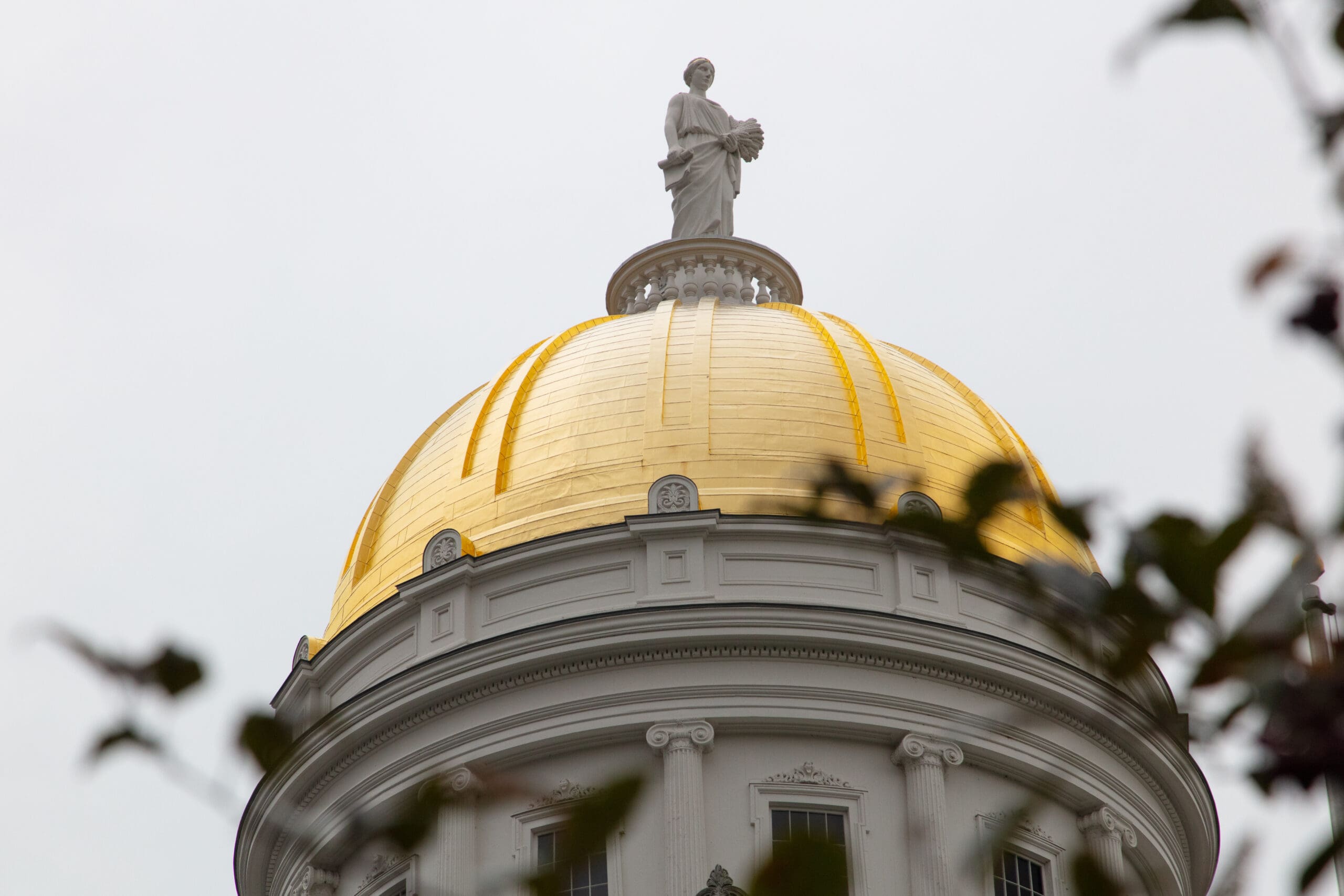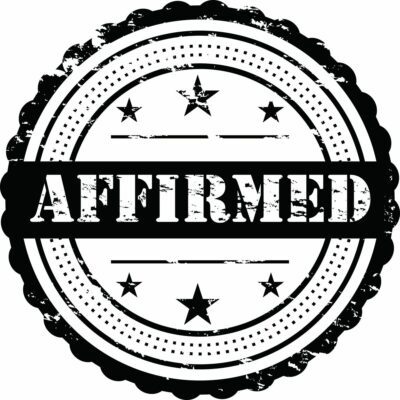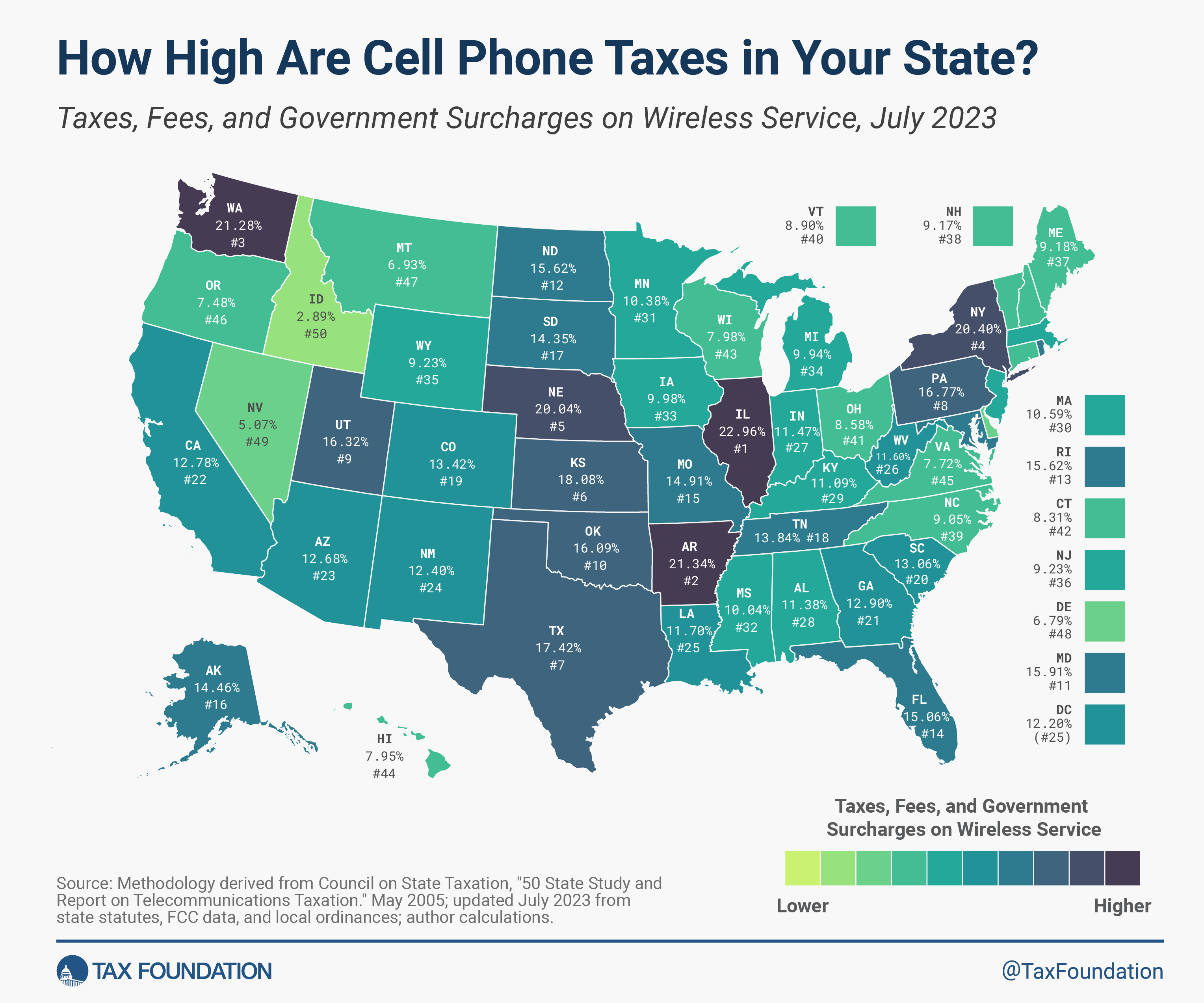Vermont Tax Proposals: Details & Analysis
This year, Montpelier is producing a bumper crop of proposed taxA tax is a mandatory payment or charge collected by local, state, and national governments from individuals or businesses to cover the costs of general government services, goods, and activities.
increases. With proposals to adopt the nation’s highest corporate income taxA corporate income tax (CIT) is levied by federal and state governments on business profits. Many companies are not subject to the CIT because they are taxed as pass-through businesses, with income reportable under the individual income tax.
, second-highest individual income taxAn individual income tax (or personal income tax) is levied on the wages, salaries, investments, or other forms of income an individual or household earns. The U.S. imposes a progressive income tax where rates increase with income. The Federal Income Tax was established in 1913 with the ratification of the 16th Amendment. Though barely 100 years old, individual income taxes are the largest source of tax revenue in the U.S.
, and most aggressive treatment of foreign earnings, as well as to implement an unusually high tax on property transfers, lawmakers have no shortage of options for raising taxes dramatically. But whether these policies serve Vermont’s best interests is another matter entirely. These proposals continue to evolve (we provided some earlier analysis here), but what remains unchanged is that the enactment of such policies would leave the state less competitive both regionally and nationally.
Through one bill, Vermont lawmakers are considering adding a new, 11.75 percent top marginal individual income tax rate and increasing the property transfer tax to 3.65 percent for properties valued above $750,000 (an earlier proposal included a 3.75 percent rate on transfers of property valued above $600,000). Another measure would raise the top marginal corporate tax rate to 10 percent and aggressively treat international corporate income. Individually, each of these represents bad tax policy; taken together, they would yield one of the least competitive tax systems in the nation, to the detriment of Vermont residents and the state’s economy.
Increasing the Top Marginal Individual Income Tax Rate
Currently, Vermont’s top marginal individual income tax rate is 8.75 percent. A top marginal rate of 11.75 percent would be the second highest in the country, behind California’s 13.3 percent. This tax measure is an alternative to an earlier proposal to levy a 3 percent surtaxA surtax is an additional tax levied on top of an already existing business or individual tax and can have a flat or progressive rate structure. Surtaxes are typically enacted to fund a specific program or initiative, whereas revenue from broader-based taxes, like the individual income tax, typically cover a multitude of programs and services.
against high earners with federal adjusted gross incomes of $500,000 or more, which was embedded in a previous “wealth taxA wealth tax is imposed on an individual’s net wealth, or the market value of their total owned assets minus liabilities. A wealth tax can be narrowly or widely defined, and depending on the definition of wealth, the base for a wealth tax can vary.
” bill. However, through H.546, lawmakers seek to establish an advisory commission to explore future legislative options.
Proponents of raising taxes on high earners often claim that these residents are less mobile and not particularly sensitive to higher marginal tax rates. However, these claims should be critically analyzed, particularly as the post-pandemic economy has seen increases in remote and flexible work arrangements. While the number of high earners subject to the new top marginal rate would be low, their impact on state revenue is significant. Data from 2022 provided to the House Ways and Means CommitteeThe Committee on Ways and Means, more commonly referred to as the House Ways and Means Committee, is one of 29 U.S. House of Representative committees and is the chief tax-writing committee in the U.S.
The House Ways and Means Committee has jurisdiction over all bills relating to taxes and other revenue generation, as well as spending programs like Social Security, Medicare, and unemployment insurance, among others.
suggested only 1.1 percent of Vermont tax returns showed federal adjusted gross income of $500,000 or more. However, these same returns represented 16.7 percent of all Vermont adjusted gross income and over 30 percent of net state individual income taxes paid. Even if only a small portion of these taxpayers opt to move, the state would be faced with a large revenue hole with little means to fill it. And the reality is that many such taxpayers are highly mobile, with more ability to live or work from a state of their choice than most taxpayers.
Even more concerning for Vermont is the research showing the negative relationship between income tax rates and gross domestic product. By contrast, reducing income tax progressivity is correlated with a growth in the real rate of wages, just as cutting marginal rates is with lower unemployment rates. Correlation does not equal causation, but these trends are noteworthy, and lawmakers would do well to consider them.
Whether it is a question of mobility or of gross domestic product, Vermont cannot afford to gamble with the risks of raising the top marginal individual income tax rate so high. The tax might fall on the highest earners, but the economic impact would be borne by Vermonters at all income levels.
Increasing the Top Marginal Corporate Income Tax Rate
If Vermont were to increase the top marginal corporate income tax rate to 10 percent, it would be the highest in the country. This new marginal tax rateThe marginal tax rate is the amount of additional tax paid for every additional dollar earned as income. The average tax rate is the total tax paid divided by total income earned. A 10 percent marginal tax rate means that 10 cents of every next dollar earned would be taken as tax.
would be markedly higher than neighboring Massachusetts (8.0 percent), New Hampshire (7.6 percent), and New York (7.25 percent). Moreover, the Vermont tax code fails to index the three corporate income tax brackets for inflationInflation is when the general price of goods and services increases across the economy, reducing the purchasing power of a currency and the value of certain assets. The same paycheck covers less goods, services, and bills. It is sometimes referred to as a “hidden tax,” as it leaves taxpayers less well-off due to higher costs and “bracket creep,” while increasing the government’s spending power.
, meaning that over time, more businesses could find themselves burdened by the top marginal rate due to economic conditions rather than business performance. The state’s corporate tax code is already uncompetitive, and raising the top marginal corporate tax rate compounds this and disincentivizes investment in the state.
Aggressive Treatment of International Income
In 2017, the federal Tax Cuts and Jobs Act (TCJA) ushered in key updates to the way the United States taxes international corporate income. The TCJA specifically addresses global intangible low-taxed income (GILTI) and income earned from foreign sales related to intellectual property held domestically, known as foreign-derived intangible income (FDII).
A portion of both GILTI and FDII is deductible at the federal level, and Vermont allows the same for state taxes. However, Vermont lawmakers now seek to decouple from this treatment and add back the entirety of a company’s GILTI and FDII.
Generally, state taxation should end at the “water’s edge” and not include international income, as doing so poses constitutional and practical concerns. Including 100 percent of GILTI and FDII in Vermont’s corporate income tax baseThe tax base is the total amount of income, property, assets, consumption, transactions, or other economic activity subject to taxation by a tax authority. A narrow tax base is non-neutral and inefficient. A broad tax base reduces tax administration costs and allows more revenue to be raised at lower rates.
would overly burden businesses and further erode the state’s competitiveness and growth opportunities. Notably, Vermont would be the only state to tax all GILTI. Many states exclude most or all GILTI from their base, and no state currently has more than a 50 percent inclusion.
Increasing the Property Transfer Tax to 3.65 Percent for Some Properties
When property is transferred, government provides services to facilitate the transaction (e.g., supplying and recording the deed). A well-designed property transfer tax should act as a user feeA user fee is a charge imposed by the government for the primary purpose of covering the cost of providing a service, directly raising funds from the people who benefit from the particular public good or service being provided. A user fee is not a tax, though some taxes may be labeled as user fees or closely resemble them.
to compensate government for reasonable costs incurred. This one-time tax, however, is not an ordinary property taxA property tax is primarily levied on immovable property like land and buildings, as well as on tangible personal property that is movable, like vehicles and equipment. Property taxes are the single largest source of state and local revenue in the U.S. and help fund schools, roads, police, and other services.
, and—when substantial—lacks the justifications that a property tax has.
The benefit principle of public finance holds that, generally, taxes paid should correspond to the benefits received. It is hard to see how levying the property transfer tax at different rates based solely on the value of the property corresponds to this principle. If Vermont were to tax the transfer of a property with a value of $750,000 at one rate and apply a separate, higher rate to a property valued at $750,001, the state would, in effect, be indicating that the services provided to the second property transfer were more costly than those offered to the first. This, of course, is highly unlikely. (The state already levies a property transfer tax, but this proposal would expand it dramatically.)
While there is a desire to collect more from those who may be able to afford higher-value properties, there are significant downsides to dramatically raising the transfer tax on some. As we have noted with similar proposals elsewhere, the burdens of ill-designed transfer taxes could fall on businesses and lower-income residents. For example, if an apartment complex were to be sold and a higher transfer tax paid by the purchaser, the added costs might show up in rents or discourage acquisitions of property that would be beneficial to renters. Arbitrarily increasing the property transfer tax could have significant unintended consequences.
Final Thought
In recent years, states throughout the country have sought to reduce income tax rates on both businesses and individuals. If Vermont lawmakers were to raise rates, add burdensome transfer taxes, and fully tax GILTI and FDII, they would be pursuing unsound and uncompetitive tax policy that could hurt the state’s economy.
In our 2024 State Business Tax Climate Index, Vermont’s overall rank was 43. The state’s individual income tax rank was 39 and the corporate tax rank was 38. If the changes detailed here were in place at the time of the last Index, then the state’s overall rank would have worsened to 45, and the individual income tax rank (44) and the corporate income tax rank (45) would have slid as well. This is to say nothing of the fact that lawmakers are considering a Wealth Tax Commission, the results of which could yield more unsound policies.
These proposals are not simply bad policy. They undermine the serious efforts that many in the state are making to attract and retain a healthy workforce. If these bills become law, they would render the state less competitive, bolster the competitiveness of competitor states, and leave Vermonters behind.
Stay informed on the tax policies impacting you.
Subscribe to get insights from our trusted experts delivered straight to your inbox.
Subscribe
Share






